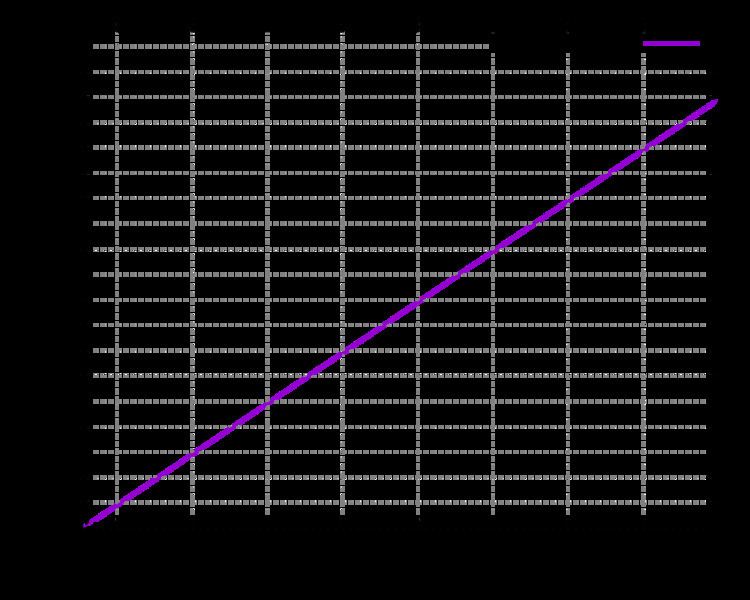 | ||
Algor mortis (Latin: algor—coldness; mortis—of death), the second stage of death, is the change in body temperature post mortem, until the ambient temperature is matched. This is generally a steady decline, although if the ambient temperature is above the body temperature (such as in a desert), the change in temperature will be positive, as the (relatively) cooler body acclimates to the warmer environment. External factors can have a significant influence. Algor mortis also occurs when the body dies.
Contents
Applicability
A measured rectal temperature can give some indication of the time of death. Although the heat conduction which leads to body cooling follows an exponential decay curve, it can be approximated as a linear process: 2° Celsius during the first hour and 1° Celsius per hour until the body nears ambient temperature.
The Glaister equation estimates the hours elapsed since death as a linear function of the rectal temperature:
or
As decomposition occurs the internal body temperature tends to rise again.
Variability
Generally, temperature change is considered an inaccurate means of determining time of death, as the rate of change is affected by several key factors, including:
